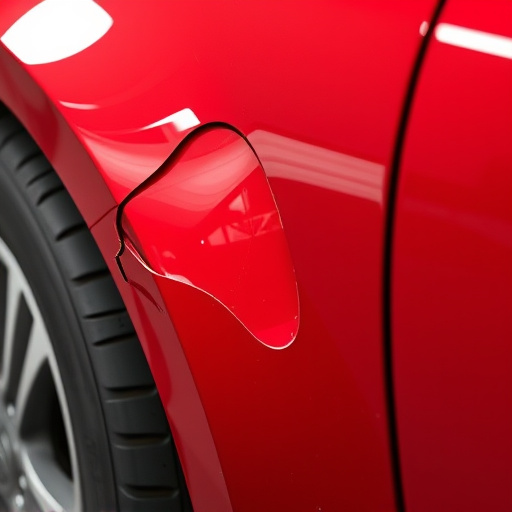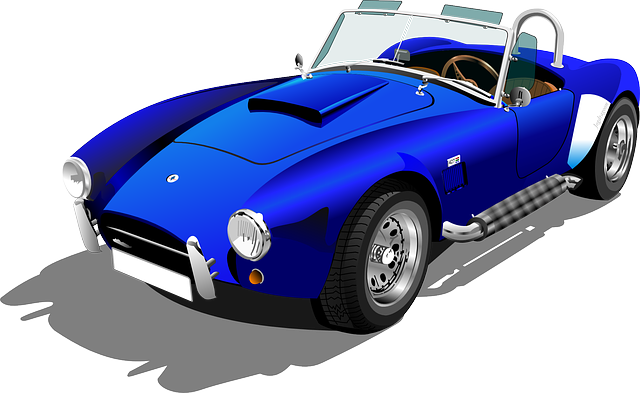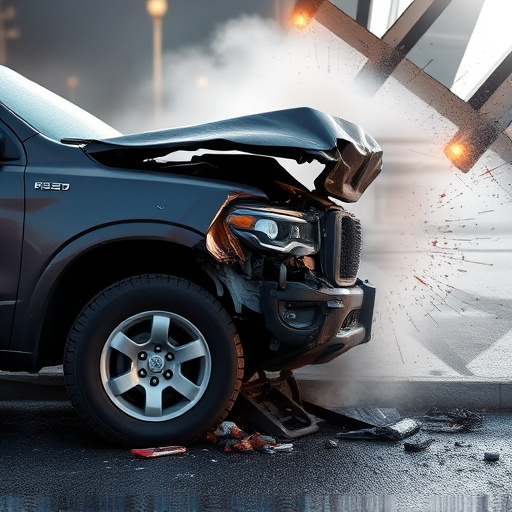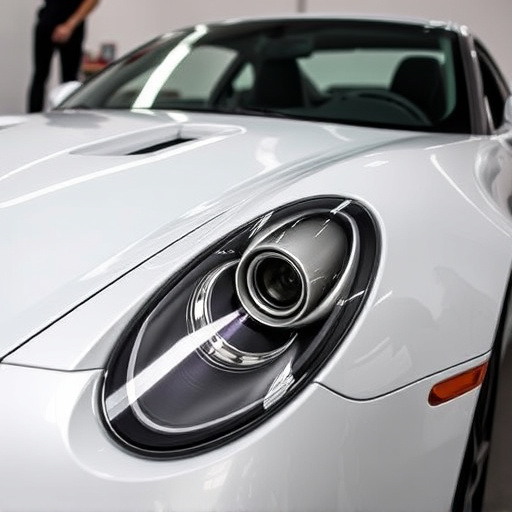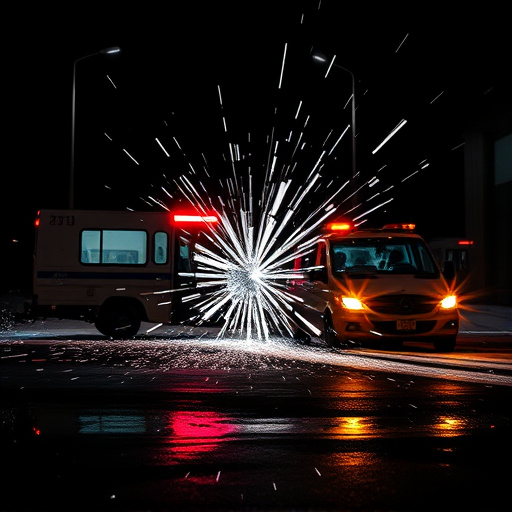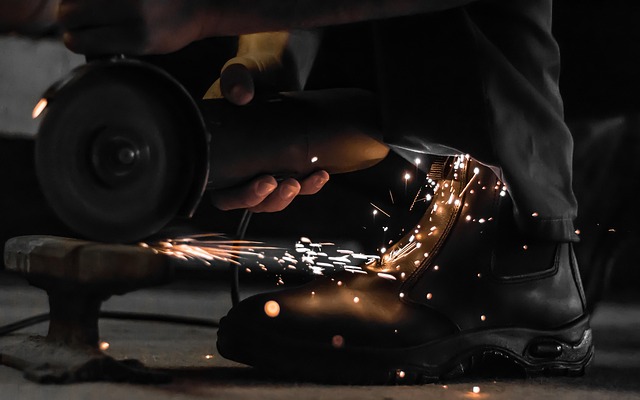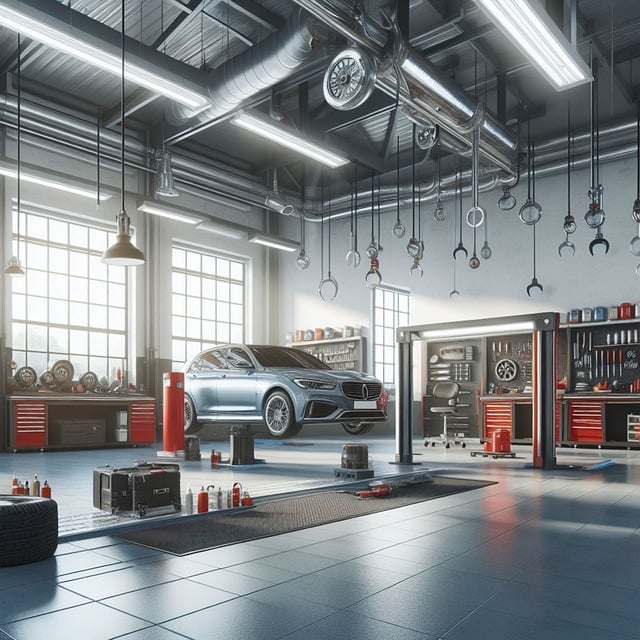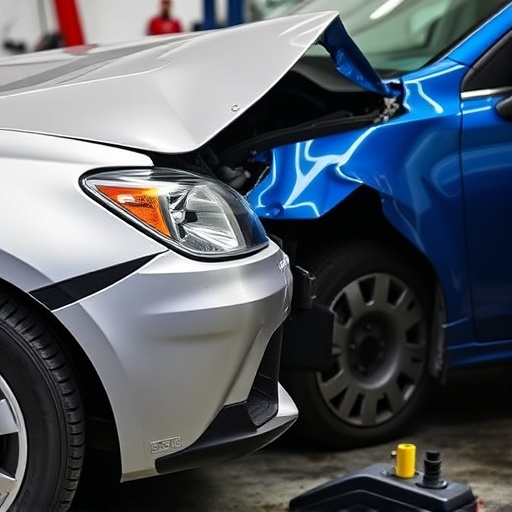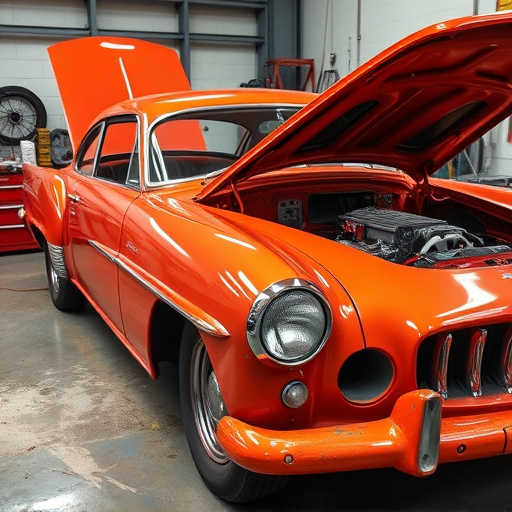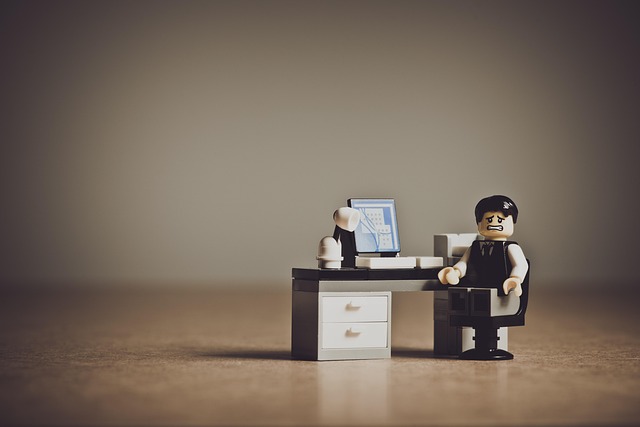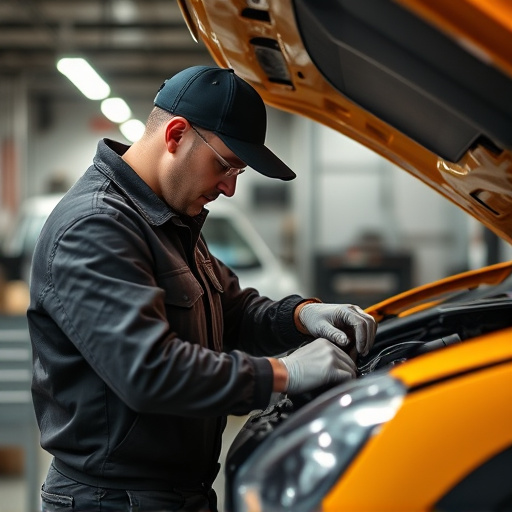Paint matching is a critical and cost-determining factor in collision repair estimates, involving precise replication of vehicle colors. Damage extent, paint rarity, labor, and material costs influence pricing. Skilled technicians use specialized tools and knowledge to achieve seamless results. Budgeting strategies include efficient body shop design, digital tools, high-quality paints, and advanced color-matching tech to optimize collision repair estimates.
In the intricate world of collision repair, accurate paint matching is paramount for achieving flawless vehicle restoration. This article delves into the pricing dynamics behind this crucial aspect, guiding professionals and insurers alike. We explore how paint matching costs are factored into collision repair estimates, shedding light on influencing variables such as labor intensity and material types. Additionally, we offer strategies to optimize budget allocation, ensuring both cost-effectiveness and superior quality in vehicle repairs, enhancing customer satisfaction in the process.
- Understanding Paint Matching Costs in Collision Repair
- Factors Influencing Paint Matching Prices: A Deep Dive
- Strategies to Optimize Paint Matching Budget in Estimates
Understanding Paint Matching Costs in Collision Repair

In collision repair estimates, paint matching is a critical component that significantly impacts the overall cost. Understanding this process is key to navigating vehicle dent repair and car paint services effectively. Paint matching involves replicating the exact shade and finish of your car’s original paint, ensuring a seamless blend with the existing surface. This meticulous task requires skilled technicians who use specialized tools and a vast array of paints to match the vehicle’s unique color code.
The cost of paint matching varies based on several factors, such as the extent of damage, rarity of the paint color, and the shop’s labor rates. While it might seem like a straightforward process, car paint repair is both an art and a science, demanding precision and expertise. Collision repair facilities typically charge per hour for labor, plus the cost of materials, which can vary depending on the brand and quality of paint used in car paint services.
Factors Influencing Paint Matching Prices: A Deep Dive

When it comes to collision repair estimates, paint matching is a critical component that significantly influences the overall cost. Several factors play a crucial role in determining the price for this intricate process. First and foremost, the extent of damage and the complexity of the repair are primary considerations. Extensive damage requiring multiple color matches or specialized techniques will naturally lead to higher prices compared to simple repairs involving basic color mixing.
Another critical factor is the availability and cost of the specific paint required. Luxury vehicle repair often involves premium paints, which can be more expensive than standard auto body shop options. Additionally, rare or discontinued colors might necessitate special ordering, adding to the overall expense. The skill and experience of the technicians involved are also essential; their expertise in achieving precise matches can impact the pricing structure. Moreover, factors like the size of the repair area, the type of paint (enamels, lacquers), and environmental considerations for drying and curing processes all contribute to the final cost of paint matching in automotive collision repair.
Strategies to Optimize Paint Matching Budget in Estimates
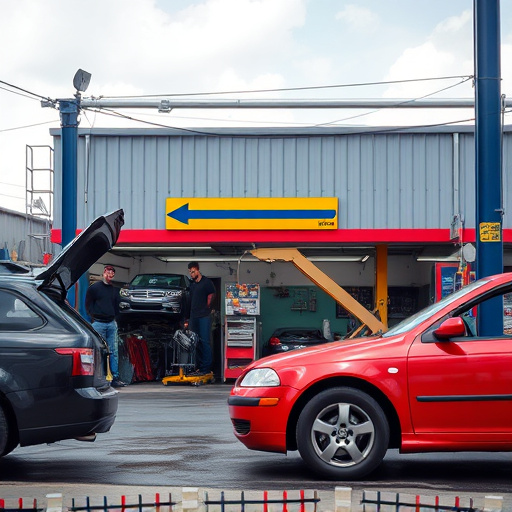
Optimizing the paint matching budget in collision repair estimates is a strategic art. It involves a nuanced understanding of material costs, labor rates, and the unique challenges presented by each car dent repair or car scratch repair. Skilled technicians know that achieving perfect match isn’t just about the paint itself; it encompasses preparation, primer, and topcoat application, all of which factor into the final price.
To stay within budget, consider leveraging high-quality, cost-effective paint systems and streamlining the repair process where possible. Utilizing pre-matched colors or advanced color-matching technologies can significantly reduce labor costs associated with custom mixing. Additionally, focusing on efficient body shop layout design and implementing digital tools for accurate measurement and order placement can further optimize expenses in collision repair estimates.
In the realm of collision repair estimates, understanding paint matching costs is pivotal. By delving into the factors influencing these prices and implementing strategic budget optimization techniques, professionals can enhance customer satisfaction while ensuring cost-effectiveness. These insights empower folks to navigate the intricate process of paint matching, making it a true game changer in the bustling world of collision repair.
